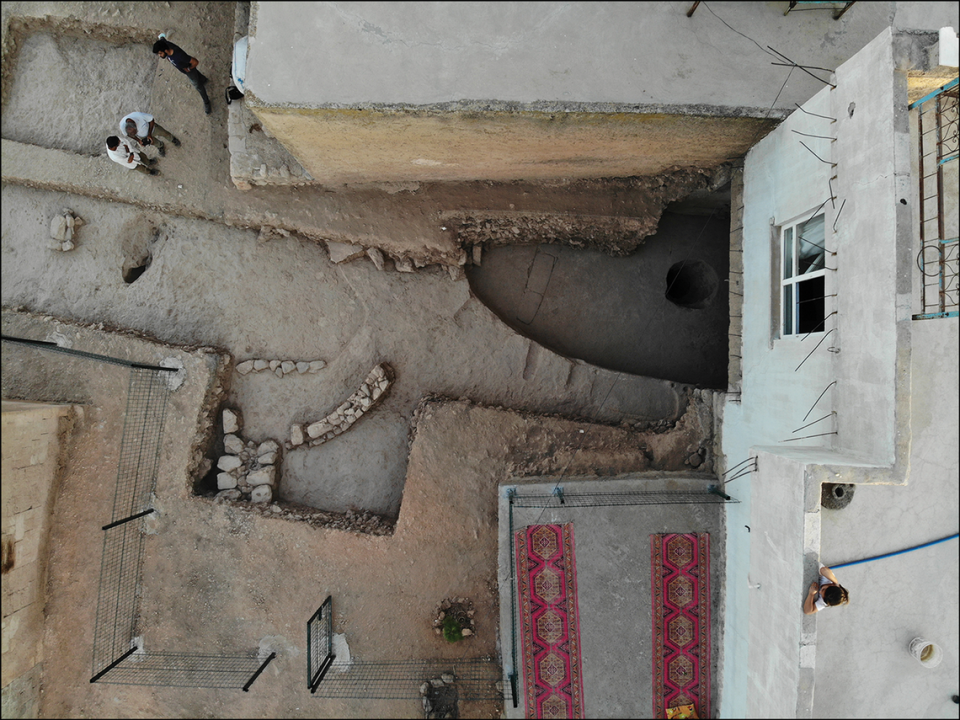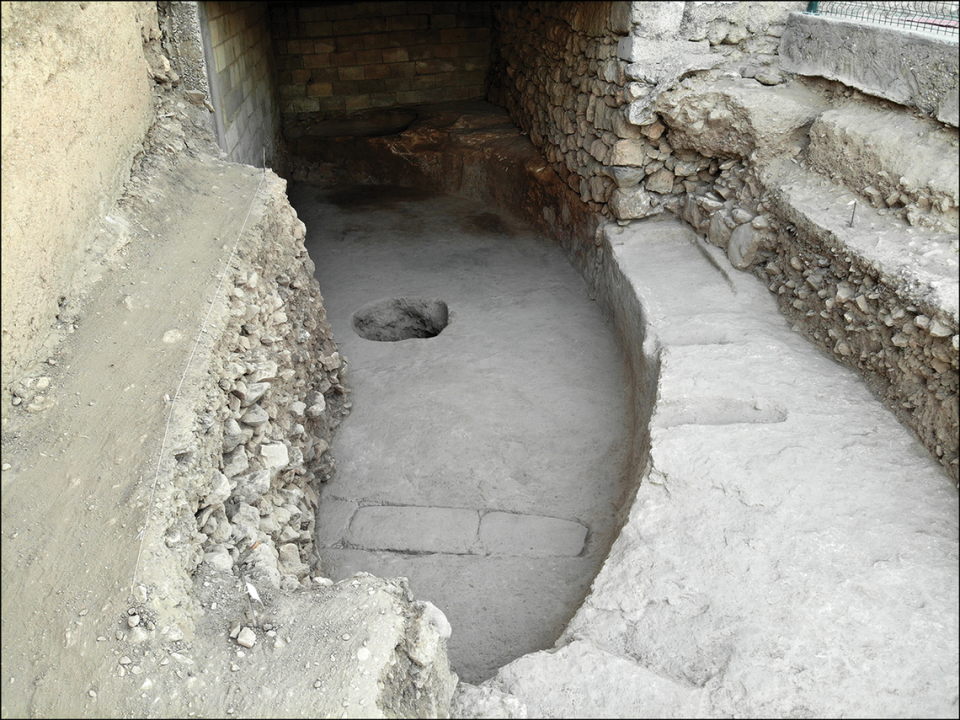10,000-year-old carving of man holding his genitals is oldest known narrative carving
A 10,000-year-old slab discovered in Turkey is the earliest known set of narrative carvings, and it is giving researchers new insight into prehistoric society.
The wall, known as the Sayburç relief, depicts five side-by-side figures, two males and three animals, according to a report published in the Dec. 8 edition of Antiquity, an academic journal that focuses on archaeology. The figures are engaged in two separate but related “narrative ‘scenes.’”
Discovered in the Turkish village of Sayburç, the wall was found under two modern homes and is part of a larger Neolithic mound rife with prehistoric relics, researchers said.
Excavation of the site began in 2021 and unearthed two pre-pottery Neolithic finds: a set of communal buildings and a set of residential buildings about 230 feet apart. The relief was found in a communal building, according to researchers.


The carvings
Of the five figures, only one male is raised from the wall and facing the interior of the room. This figure is holding his penis in his right hand and is flanked by two leopards, researchers said. Round protrusions are thought to represent his knees, indicating that he is in a sitting and leaning forward.
The figure’s head is damaged, but researchers said “a round face, large ears, bulging eyes and thick lips” and a necklace are evident.
Two leopards flank the figure, both open-mouthed with their exaggerated teeth visible, researchers said. One of the leopards has a visible penis.

Next to this image is a second, similar scene. In this carving, a male is depicted with a bull. Both figures are side-on, researchers said. The man, whose back is to the other scene, is in a squatted position and has a penis-shaped protrusion from his abdomen. The figure’s left hand has six fingers while its right hand is holding what appears to be a snake or rattle.
The bull, like the leopards, is carved with exaggerated horns and was carved with similar techniques seen at other prehistoric sites, researchers said.
Further research
Archaeologists said the carvings provide greater insight into the characteristics of Neolithic society, especially human relationship with animals and the importance of community.
The site will continue to be excavated, researchers said. So far, only about half of the building where the carvings were discovered has been unearthed. There are plans to further demolish the existing homes to continue exploring the ruins.
‘Astonishing’ jewelry found in grave of ‘most significant’ medieval woman in the UK
These 5,000-year-old ‘owls’ weren’t used for rituals — they were toys, study says
Catacomb-style building re-emerges from the sand to reveal ancient Egyptian coffins

